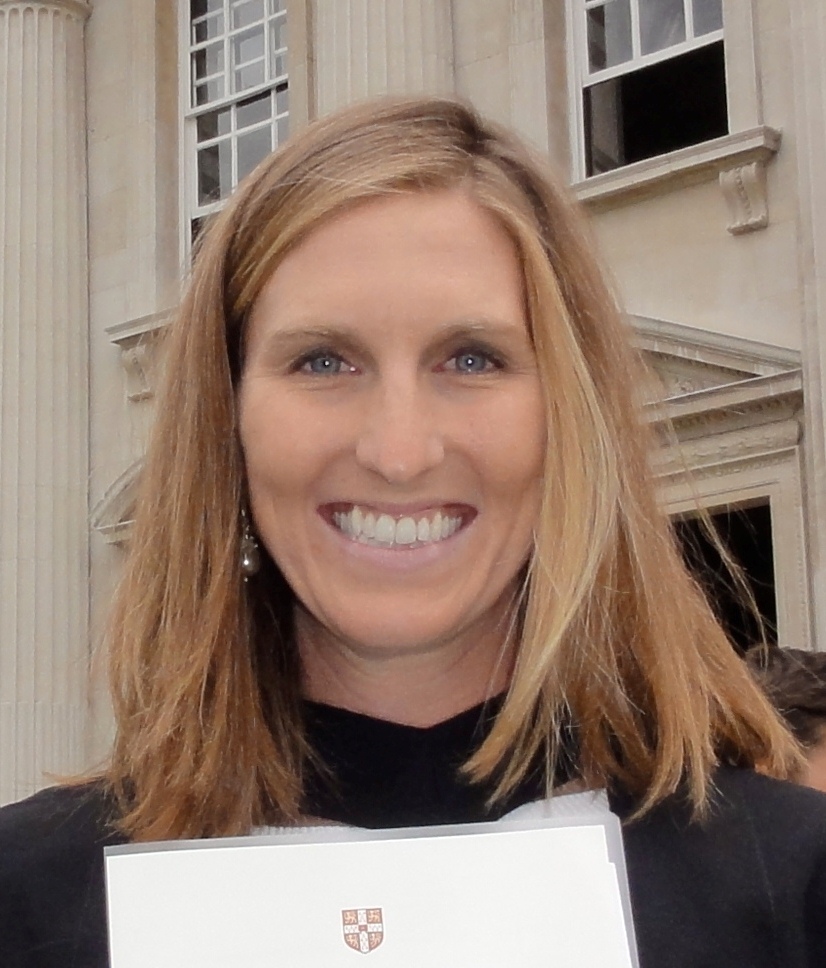
Resource Library
Page 93 of 107 pages. This page shows results 1841 - 1860 of 2139 total results.
Fact Sheet
The new transportation law, MAP-21, gives Metropolitan Planning Organizations (MPOs) moreresponsibility for distributing federal transportation funds. MPOs serving areas with more than200,000 residents are required to run a competitive grant program to distribute federal funds fromthe Transportation Alternatives (TA) program.
Journal Article, Report, Research
Impact of the Walking School Bus Program on Children's Pedestrian Safety Behaviors
A March 2012 research brief by Active Living Research, Impact of the Walking School Bus Program on Children’s Pedestrian Safety Behaviors, reported that parents listed their children’s safety as one of the top concerns regarding walking to school, and that improving safety may lead more parents to allow their children to walk to school.

Fact Sheet
An Overview for California Advocates
This resource provides an overview of the Safe Routes to School program.
 In my last post, I talked about the government shutdown and how the fighting over funding could be a bad sign for the next surface transportation bill, given the $15 billion per year funding shortfall.
In my last post, I talked about the government shutdown and how the fighting over funding could be a bad sign for the next surface transportation bill, given the $15 billion per year funding shortfall.
Toolkit, Report, Case Study
A Guide for Citizens, Planners and Engineers
Steps to a Walkable Community compilesmultidisciplinary tactics that readers can assemble into customstrategies designed for their community’s circumstances.
Based on an interview with principal Anne Lintner and home-school liaison Sonny Rodriguez of Keister Elementary School in Harrisonburg, VA.
Website
A Primer and First Steps
This training seeks to highlight important planning tips and strategies for planning a walking school bus program. Participants will gain an understanding of how to prepare, build momentum and launch a walking school bus program, including identifying community partners, and securing program funding.
 Around the country, more than 600 communities and states have adopted local Complete Streets policies—helping ensure that transportation plans and projects address the needs of all users.
Around the country, more than 600 communities and states have adopted local Complete Streets policies—helping ensure that transportation plans and projects address the needs of all users.
Fact Sheet
School Route Maps
These briefings sheets were developed with funding support from the National Center for Safe Routes to School. The briefing sheets are intended for use by transportation engineers and planners to support their active participation in the development and implementation of Safe Routes to School programs and activities.
Last fall, in the rural community of Winton, California, there was lot of excitement building around walking, bicycling and Safe Routes to School. Winton is a small town with two schools less than two miles apart from each other, and parents and community members had been frustrated about the congestion that was created when schools released students at the end of the day. Parents wanted to be able to walk or bicycle to school with their children, but couldn’t because of a lack of sidewalks and infrastructure. The district needed a solution.
Report, Case Study
How the Urban Environment Impacts Health in Boyle Heights and East Los Angeles
The Boyle Heights/East Los Angeles (BHELA) Community Health Assessment explores the nexus between the built environment, public policy, and urban planning in an effort to determine their impact on the health and wellbeing of residents in Boyle Heights and East Los Angeles.
 Richard Louv coined the term “nature-deficit disorder,” in his award winning book Last Child in the Woods: Saving our Children from Nature-Deficit Disorder. He recounts how children are spending progressively less time outdoors in free, unstructured play, and how wide-ranging the negative repercussions might be as children disconnect from the natural world.
Richard Louv coined the term “nature-deficit disorder,” in his award winning book Last Child in the Woods: Saving our Children from Nature-Deficit Disorder. He recounts how children are spending progressively less time outdoors in free, unstructured play, and how wide-ranging the negative repercussions might be as children disconnect from the natural world.
 Recently, staff and elected leaders of nine municipalities from Prince George’s County attended a National Complete Streets Coalition workshop to learn more about the steps needed to write, adopt, and implement an effective Complete Streets policy.
Recently, staff and elected leaders of nine municipalities from Prince George’s County attended a National Complete Streets Coalition workshop to learn more about the steps needed to write, adopt, and implement an effective Complete Streets policy.
Report
Policy Interventions for Safer, Healthier People and Communities
The Partnership for Prevention has collaborated with the Safe Transportation Research and Education Center (SafeTREC) at UC Berkeley, Booz Allen Hamilton, and the CDC to produce Transportation and Health: Policy Interventions for Safer, Healthier People and Communities.

Fact Sheet
This resource describes benefits of walkability for economic vitality.
 Throughout my entire life I’ve always wanted to make a difference in the world. I found my niche in the late 1990s with Safe Routes to School and never looked back.
Throughout my entire life I’ve always wanted to make a difference in the world. I found my niche in the late 1990s with Safe Routes to School and never looked back.
Model Policy
Findings for Complete Streets Laws and Resolutions
This document supplies a variety of evidence-backed factual conclusions that support a community’s decision to enact a complete streets resolution or law. An adopting body should select those findings it views as most significant for its community and add findings related to local conditions or concerns.

